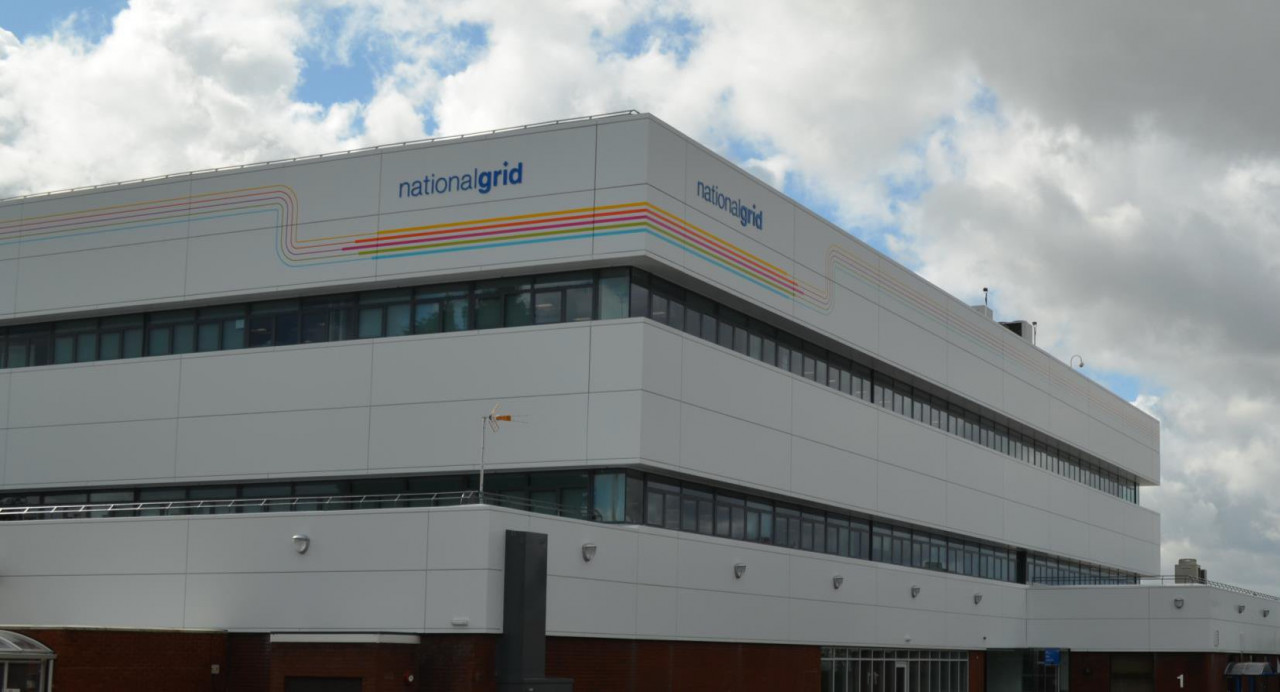The challenge
As a major driving force behind the UK’s electricity and gas network, National Grid is vital in connecting millions of people safely and reliably to the energy they use.
Energy efficiency is extremely important in these high-cost times, and by virtue of its position within the industry, National Grid is expected to be a leader in this respect. In other words, like the thousands of companies it supplies to, National Grid must also align with carbon reduction challenges and keep operational costs to a minimum.
This proved a major headache for the company considering the sheer scale of their operation in terms of the number of premises involved and geographical reach. Many of the buildings National Grid used had services that could only be described as ‘antiquated’.



